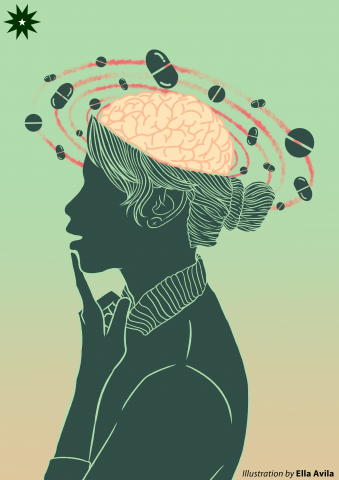Last September 23, the United Nations (UN) High Level Meeting (HLM) on Universal Health Coverage or Universal Health Care (UHC) took place at the UN Headquarters in New York City amid the organization’s 74th General Assembly.
The HLM was attended by representatives from all UN member states, including the Philippines, Canada, Japan, and Brazil. With the hope of accomplishing UHC before the Sustainable Development Goals (SDGs) are due on the year 2030, this meeting was seen as the last chance to heighten political support for UHC.
Leaving no one behind
UHC is the idea that everyone, everywhere should have access to affordable health care. The initiative is currently being spearheaded by the World Health Organization (WHO) with the aid of government and non-governmental organizations worldwide. It is the hope of UHC’s supporters that even the poorest segments of the world’s population would have access to health care.
UHC includes the full spectrum of health care such as vaccines, palliative care, rehabilitation, and operations. However, according to the WHO, UHC only covers health care that is “good enough to improve the lives of those who receive them without causing financial difficulties”. In other words, health care is offered at a lower cost compared to normal prices, varying per country or case. Its provisions can be costly; thus, the main goal of the initiative is to lessen the financial burden on people who receive health care, while not costing the state massive amounts of money. UHC cannot provide free health care for all—no matter the cost—as no country can afford to sustainably pay in full for the medical costs of its entire population.
UHC does not only deal with health—but as an integral part of fulfilling the SDGs—it also tackles economic growth. As said in a blog post by former Finance Minister for Nigeria Ngozi Okonjo-Iweala, research has found that for every dollar invested in childhood immunization for example, one can expect to save USD 16 in health care costs and lost wages and productivity due to illnesses as these children grow older.

Obstacles faced
Earlier this year in February, President Rodrigo Duterte signed the Universal Healthcare Law or Republic Act 11223, which automatically enrolls every Filipino in the newly-created National Health Insurance Program. However, the Department of Health (DOH) estimates that P257-billion, is needed to support the program in its first year. This issue is further aggravated by the recent reduction in the DOH budget for the year 2020, which is only at P88-billion despite the occurrence of both measles and polio outbreaks.
The need for a large amount of funding is the same around the world, which is why political and financial support from UN member states must be acquired to support UHC. Providing universal health care is in itself a challenge. The UN and its partners have to account for the exponential growth of the human population and provide health care to even those living in rural or hard-to-reach areas.
Many studies have been conducted to assess the effectiveness and challenges faced by UHC. In China, one of these is that UHC provides limited financial protection. This means more funding is needed to provide higher financial protection. Meanwhile, in Ghana, Kenya, Nigeria, and Tanzania, extreme poverty and a poor local health care system hinder UHC from moving forward. Another hurdle for UHC around the world is a need for cooperation as sometimes pharmaceutical companies prioritize profit over life-saving treatment.
Striding forward
Fortunately, there has been progress in achieving UHC. According to a 2018 report published by WHO, global total health spending is growing faster than Gross Domestic Product, which means that more countries are allocating more funding toward health. This increase is more rapid in low and middle income countries as compared to high income countries. The basis for categorizing countries into low, middle, or high income is by their respective Gross National Product. Countries like Chad, Russia, and Belgium are examples of low, middle, and high income countries, respectively. A rise in spending on health is beneficial for UHC as 80 percent of the global population lives in low to middle income countries.
However, the objective of UHC is still far from complete. From the years 2000 to 2016, people have relied more on government funds for health care compared to out-of-pocket spending, or personal expenditures. Personal spending still amounts to around 40 to 50 percent in low and middle income countries compared to 30 percent in high income countries.
While there have been strides in accomplishing UHC, the initiative still has a long way to go. Hopefully with UHC, outbreaks of diseases may be prevented, juvenile death from curable diseases can be averted, financial burden be put to a stop, and economic growth be achieved faster by countries worldwide.
*For report, look for Public Spending on Health: A closer look at Global Trends.
